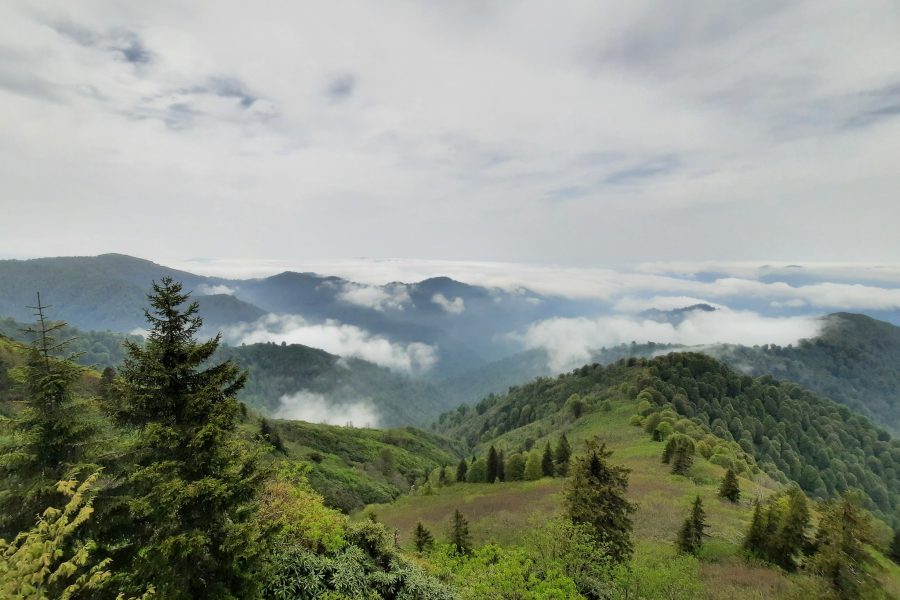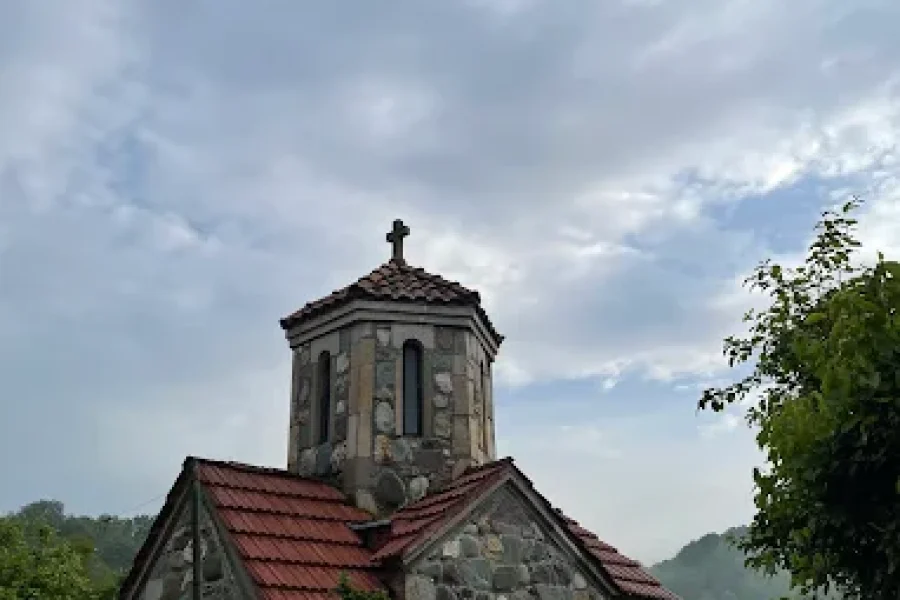Ukimerioni: The Acropolis of Ancient Kutaisi
High on the right bank of the Rioni River, overlooking the historic heart of Kutaisi, stand the ancient walls of Ukimerioni Fortress. This is not just another castle; this is the birthplace of a city, the acropolis of the legendary capital of Colchis. To walk these grounds is to trace the very origins of Kutaisi, a story that stretches back over three millennia. Ukimerioni is where the history of this great city is rooted, a place intrinsically linked to Georgia’s golden ages and its struggles for survival.
The fortress’s story begins in deep antiquity. Long before Georgia was a unified kingdom, this hill was recognized for its supreme strategic value. It was here that the earliest fortifications were built, forming the citadel of the ancient city known to Greek Argonauts as Aia. In the 6th century, the Byzantine historian Procopius of Caesarea wrote about the formidable fortress of Ukimerioni, a key stronghold in the brutal wars between the Byzantine and Persian Empires for control of Lazica. For centuries, this was the city’s primary defense, its royal and religious center.
The greatest chapter in Ukimerioni’s history came at the turn of the 11th century. It was here, within the fortress walls, that King Bagrat III, the first ruler of a united Georgia, commissioned the building of a magnificent new cathedral. This cathedral, known today as Bagrati, was a symbol of the unified nation’s power and faith. The fortress and the cathedral together formed the political and spiritual heart of the kingdom. Though ravaged by invaders and time, the surviving walls of Ukimerioni still evoke this glorious past.
Today, exploring Ukimerioni Fortress is an essential part of any visit to Kutaisi. The ruins of the fortress walls and towers encircle the magnificent, reconstructed Bagrati Cathedral. Standing here, you can feel the layers of history beneath your feet. The panoramic views of Kutaisi and the Rioni River are breathtaking, offering the same strategic outlook that made this hill so vital to ancient kings.
Ukimerioni is more than a collection of ruins; it is the historical anchor of Kutaisi. It is a place to contemplate the rise and fall of empires, the birth of a unified Georgian nation, and the enduring spirit of a city that has been a center of Georgian culture for thousands of years.
🗺️ Geography & Location
Exact Location:
Ukimerioni Fortress is located on Ukimerioni Hill on the right bank of the Rioni River, within the city limits of Kutaisi, Imereti region, Georgia. The Bagrati Cathedral is situated within its historical territory.
Strategic Placement:
The hill provides a commanding view of the entire city and the Rioni River gorge, making it a natural and perfect location for the citadel of an ancient capital city.
Coordinates:
Approximately 42.2725° N, 42.7055° E.
📖 History & Background
Date of Construction & Origins:
The site has been fortified since at least the 6th-5th centuries BC. The fortress is famously mentioned by the 6th-century AD Byzantine historian Procopius of Caesarea. It was the historical citadel of Kutaisi.
Historical Role:
It was the main fortress of the Kingdom of Egrisi (Lazica) and later served as the royal fortress for the kings of the united Kingdom of Georgia. The construction of Bagrati Cathedral within its walls in the 11th century solidified its role as the nation’s political and spiritual center.
Status:
The site, together with Bagrati Cathedral, is a UNESCO World Heritage Site. The fortress walls are preserved as ruins and are a key part of the historic complex.
🏗️ Architecture & Design
Materials Used:
Constructed from local stone. The masonry shows various layers and styles of construction, reflecting centuries of destruction and rebuilding.
Key Features:
- Citadel Layout: The fortress follows the contours of the hill, enclosing the summit which served as the city’s acropolis.
- Defensive Walls and Towers: Significant portions of the crenelated walls and several towers are still visible, outlining the historic perimeter.
- Integration with Bagrati Cathedral: The fortress forms a single historical and architectural complex with the cathedral, one of Georgia’s most important landmarks.
Unique Aspects:
Its immense historical depth and its role as the acropolis of one of Georgia’s oldest cities make it unique. Its connection to the unification of Georgia under Bagrat III gives it unparalleled national importance.
🌟 Cultural & Tourist Significance
Heart of Kutaisi:
Ukimerioni is the historical and symbolic heart of Kutaisi. Its history is the history of the city itself.
UNESCO World Heritage Site:
As part of the Bagrati Cathedral complex, it is a globally recognized site of outstanding universal value, attracting tourists and pilgrims from all over the world.
🚶 How to Visit
Best Time of Year to Visit:
The site can be visited year-round. The weather is most pleasant from April to October.
Accessibility:
The fortress is easily accessible. A road leads directly up to the Bagrati Cathedral complex from the center of Kutaisi. The area is well-maintained for tourists.




Leave a review